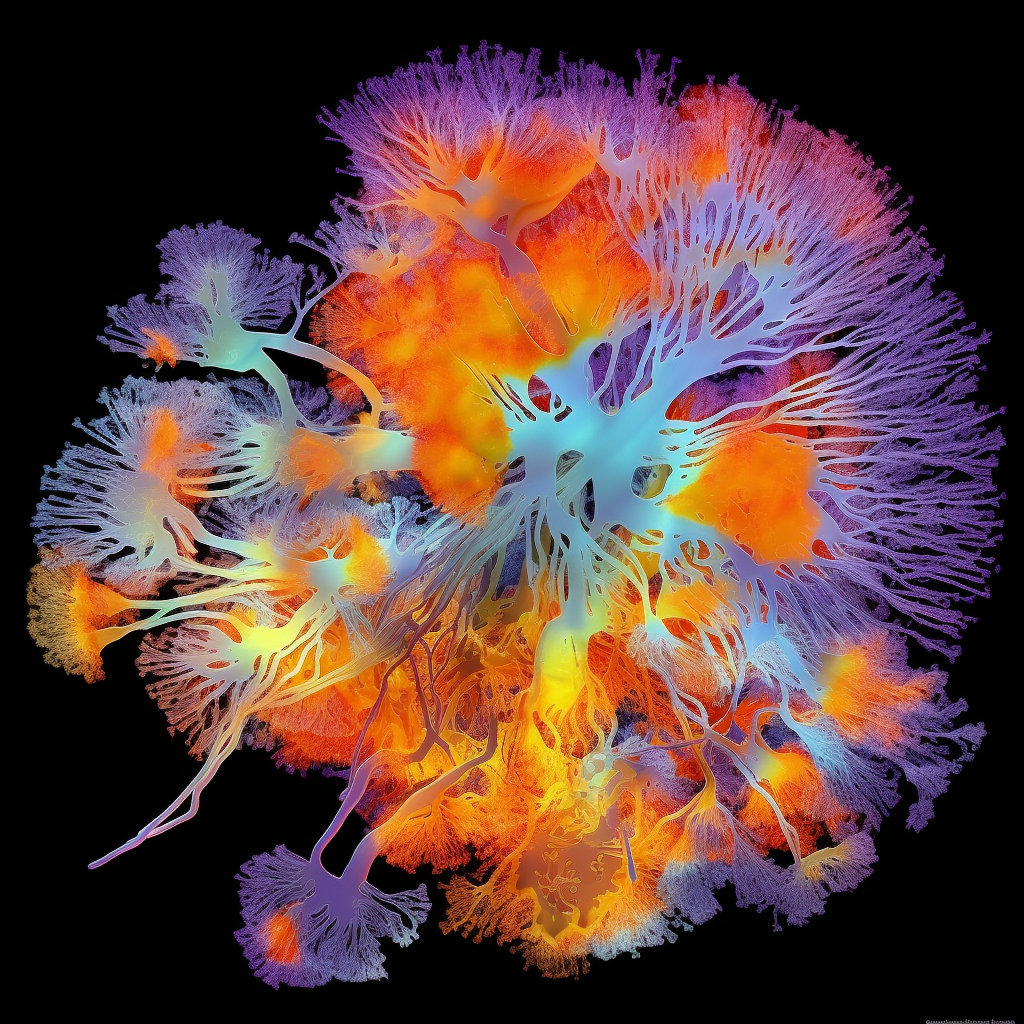Discover how computational linguistics unveils the structure and meaning of dreams. Explore the application of natural language processing and machine learning techniques in quantitatively analyzing dream content, providing valuable insights into patterns, themes, and emotional dimensions within dreams.
Quantitative Analysis of Dream Content: Unveiling Insights through Computational Linguistics
Dreams have intrigued humans for centuries, and advancements in technology have opened up new avenues for studying their content. This article delves into the field of computational linguistics, exploring how natural language processing techniques and machine learning algorithms can be leveraged to analyze and quantify the content of dreams. By identifying patterns, themes, and emotional dimensions within dream narratives at a large scale, we can gain valuable insights into the structure and meaning of dreams.
Computational Linguistics: Analyzing Dreams through Language
1. Natural Language Processing Techniques: Unleashing Dream Data
We delve into the application of natural language processing techniques in analyzing dream content. From text preprocessing to syntactic and semantic analysis, these methods enable the extraction of valuable information from dream narratives. We discuss the challenges associated with working with dream language, such as metaphors and symbolic representations, and explore how researchers have developed innovative approaches to address them.
2. Machine Learning Algorithms: Uncovering Patterns and Themes
Machine learning algorithms play a pivotal role in the quantitative analysis of dream content. We explore how these algorithms can be trained to identify recurring patterns, themes, and motifs in dream narratives. By leveraging large datasets, researchers can uncover common dream scenarios, characters, and objects, shedding light on the collective aspects of human dreaming and potentially unveiling universal themes.
3. Emotional Dimensions in Dream Narratives
Emotions are an integral part of dreams, and computational linguistics offers a unique opportunity to analyze the emotional dimensions within dream narratives. We delve into the techniques used to detect and quantify emotional expressions, ranging from sentiment analysis to the identification of emotional valence and intensity. By understanding the emotional landscape of dreams, we gain a deeper appreciation of the psychological processes at play during sleep.
Unveiling the Structure and Meaning of Dreams
1. Revealing Dream Patterns and Associations
Through quantitative analysis, researchers can uncover intricate patterns and associations within dream narratives. We discuss how computational linguistics can reveal relationships between dream elements, identify frequent word co-occurrences, and analyze the temporal dynamics of dream content. Such insights provide a deeper understanding of the structure and organization of dreams, offering clues about the mechanisms underlying their creation.
2. Implications for Dream Interpretation and Psychology
The quantitative analysis of dream content holds implications for dream interpretation and psychological research. By identifying patterns and themes, researchers can develop frameworks to categorize and interpret dreams systematically. We explore how these findings can contribute to the study of dream symbolism, the exploration of the unconscious mind, and the potential therapeutic applications of dream analysis.
Conclusion
Computational linguistics and machine learning present exciting opportunities to quantitatively analyze dream content, providing insights into the structure, meaning, and emotional dimensions of dreams on a larger scale. By leveraging natural language processing techniques and advanced algorithms, researchers can uncover patterns, themes, and associations within dream narratives, contributing to our understanding of the fascinating world of dreams and their significance in psychology and human experience.






